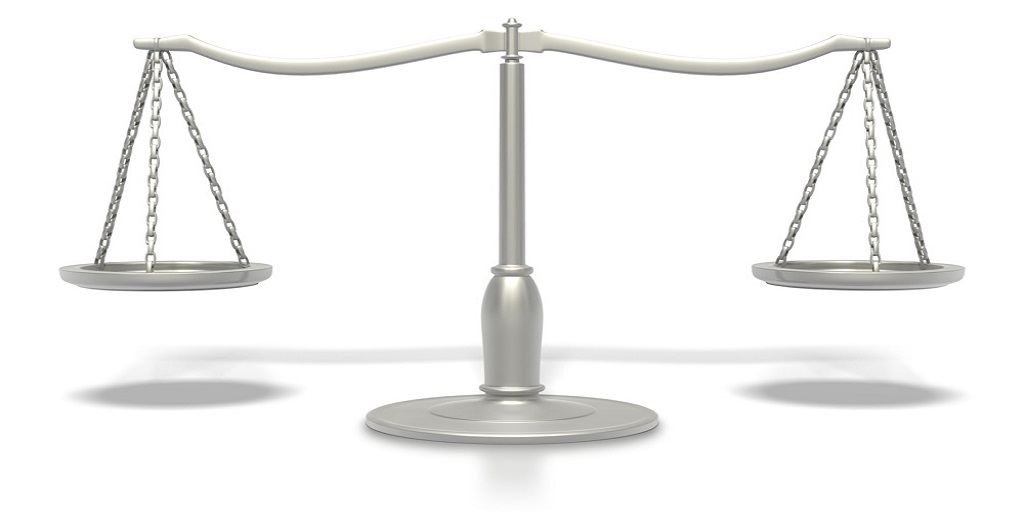Patent Reform Act of 2011
The latest patent reform bill entitled “The Patent Reform Act of 2011″ (PDF) , will be introduced to Congress by Sen. Patrick Leahy (D-VT), chairman of the Judiciary Committee, on Jan. 25, 2011. Could this be the year it becomes law? The Judiciary Committee has introduced patent reform bills to Congress every year since 2006.
A bipartisan group of Senators, including Senate Judiciary Committee Members Patrick Leahy (D-Vt.), Orrin Hatch (R-Utah) and Chuck Grassley (R-Iowa), will introduce patent reform legislation when the Senate returns to session next week.
Sen. Leahy plans to introduce the bill on the Committee’s first day of executive business, and has scheduled a mark-up session for Thursday, January 27, 2011. I think he will try to fast track the bill again without permitting hearings or debate.
“This will be the first piece of legislation considered by the Judiciary Committee this year, and I hope the Senate will act promptly on this job-creating bill. Action by Congress can no longer be delayed. ..[t]he Patent Reform Act will keep America in its longstanding position at the pinnacle of innovation” Sen. Patrick Leahy (D-VT)
If the bill is legislated into law it will make the first significant changes to the nation’s patent system in nearly 60 years. But based upon the past 4 years that is a big “IF.”
.png)
The Senate Judiciary Committee approved patent reform legislation in 2009. In September 2010 , 25 Senators joined together to urge Senate Majority Leader Harry Reid (D-Nev.) to schedule floor time to consider the legislation but it never made it to the Senate floor.
What’s in the Bill? The bill provides these specific provisions:
- Sec. 1. Short title; table of contents.
- Sec. 2. First inventor to file.
- Sec. 3. Inventor’s oath or declaration.
- Sec. 4. Damages.
- Sec. 5. Post-grant review proceedings.
- Sec. 6. Patent Trial and Appeal Board.
- Sec. 7. Preissuance submissions by third parties.
- Sec. 8. Venue.
- Sec. 9. Fee setting authority.
- Sec. 10. Supplemental examination.
- Sec. 11. Residency of Federal Circuit judges.
- Sec. 12. Micro entity defined.
- Sec. 13. Funding agreements.
- Sec. 14. Tax strategies deemed within the prior art.
- Sec. 15. Best mode requirement.
- Sec. 16. Technical amendments.
- Sec. 17. Effective date; rule of construction.
Although I have reviewed most of this before in my post Patent Reform Act of 2010: An Overview and the bill is “nearly identical” to the Manager’s Amendment of S. 515 (PDF) from the 111th Congress (It includes similar or identical provisions on venue, best mode, false marking, and easing the residency requirements for Federal Circuit judges.) I’d like to highlight some of the major changes contained in the bill:
- “First-inventor-to-file” system: Under the current law, it doesn’t matter who’s the first person to file a patent application, the United States has a “first person to invent” system.
Currently there is a statutory 102B bar that says if the invention was published, offered for sale or used in public more than one year before an application for a patent then everyone is barred from filing a patent application on that invention. But all that will change.
The new bill proposes to change the law so that any disclosure before the effective filing date will be a bar. However there is an exception to the bar, it will allow a one year grace period for disclosures by the inventor or someone who obtained the disclosure from the inventor.
The proposed change:
A person shall be entitled to a patent unless— ‘‘(1) the claimed invention was patented, described in a printed publication, or in public use, on
sale, or otherwise available to the public before the effective filing date of the claimed invention; …‘‘(b) EXCEPTIONS.— ‘‘…A disclosure made 1 year or less before the effective filing date of a claimed invention shall not be prior art to the claimed invention— if the disclosure was made by the inventor or joint inventor or by another who obtained the subject matter disclosed directly or indirectly from the inventor or a joint inventor.
- False marking: False marking cases will only be allowed if filed by persons who have actually been harmed by the alleged misconduct. False marking cases would also include a statute of limitations that limits the time to file such cases to 10 years after the alleged misconduct or 1 year after the plaintiff in such an action became aware of the alleged misconduct.
- Damages: Change of the procedure for determining damages. The district court judges will have more control over evidence and jury instructions on as it relates to Damages.
The damages portion of the bill is considered by many as a “grand compromise” achieved by Senators Leahy, Dianne Feinstein (D-CA), and then-Senator Arlen Spector (D-PA).
Senator Leahy states on his web page the new law will establish a “ rigorous gate keeping role for the court, pursuant to which judges will assess the legal basis for the specific damages theories and jury instructions sought by the parties. The gate keeping provisions will ensure consistency, uniformity, and fairness in the way that courts administer patent damages law.”
The proposed new law states:
“The court shall identify the methodologies and factors that are relevant to the determination of damages, and the court or jury shall consider only those methodologies and factors relevant to making such determination.’
The damages section of the bill also includes a sequencing provision. It states that “ Any party may request that a patent-infringement trial be sequenced so that the trier of fact (jury or judge) decides questions of the patent’s infringement and validity before the issues of damages and willful infringement are [decided]”
- Patent review: a person who is not the patent owner may file a petition to institute a review for a patent within 9 months of a patent’s issuance, and an inter partes proceeding before the USPTO after this time-frame.
- Preissuance submissions by third parties: Anyone can confidentially submit to the patent examiner during pendency of a patent application the following: prior art patents or publications, statements made by the patent applicant to the court or the USPTO. If you wanted to do this today you would have to do it within 2 months of publication (Good luck with that!)
- Willful infringement: The bill includes the changes to make pleading and proving intentional infringement with more specificity, including requirements of pre-suit notification and specificity in pleadings. I think a common sense proposed change is that the court can’t allow Punitive damages if it is “a close case” on the basis of infringement, validity or enforceability.
- Filing fee: additional fee of $400 for applications that are not filed electronically.
The proposed bill is 99 pages long. Could you get anyone to agree to everything contained in any 100 page document? At a first glance it appears to be very close to the previous bills. But even so, I plan on comparing the two and filing future posts on the subject. So sign up for an RSS feed on this blog or come back and check out the blog in the next week or so for updates.
If you have any questions on The Patent Reform Act of 2011 please comment below and I will do my best to respond with an answer.
The new amendment to the “Patent Reform Act of 2011“ proposes a number of so-called improvements that are the subject of other LoTempiolaw Blog posts:
- First-Inventor-to-File
- Pre-grant submission of prior art
- Patent marking statute
- Administrative post-grant review of patents
- Litigation Reforms
- Best Mode
- Inequitable Conduct
- Damages
- Willful Infringement
- Venue
- Pilot Program for District Courts
- Patent Fee Setting Authority and Ending Diversion
- Senator Leahy Uses Bilski to Push Patent Reform





February 7, 2011 @ 6:21 pm
I think this proposed legislation has way too many contentious issues to pass. If Leahy really wants to enact patent reform, I suspect that he may have to be somewhat less ambitious and more incrementalist in his approach.